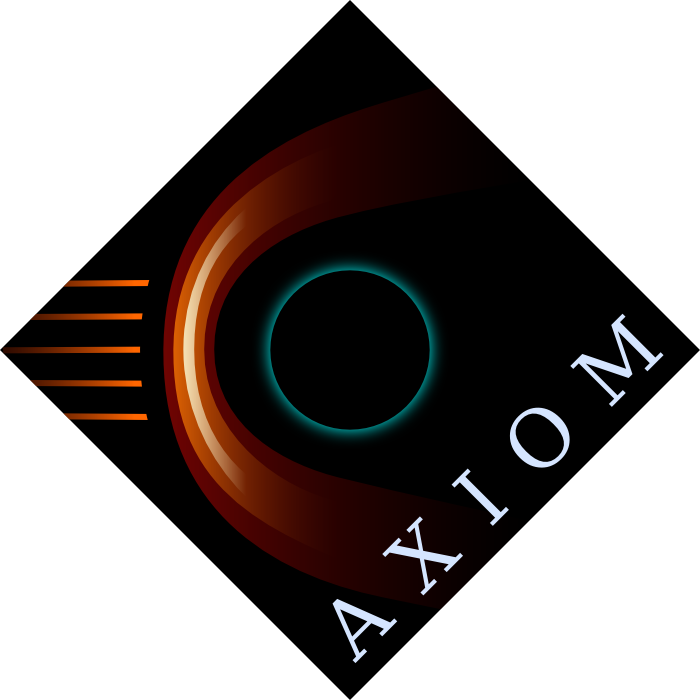|
|
|
| |
AXIOM
AXIOM, which stands for 'Advanced X-ray Imaging Of the Magnetosphere', is a candidate space mission being proposed in response to the European Space
Agency's Call for Medium size missions, due for launch in the timeframe 2020 - 2022. A Consortium of institutes in the UK and the USA are currently working
at preparing a proposal that will be submitted to ESA in December 2010.
Why X-ray imaging?Only in the last decade or so we have come to realise that the magnetosphere around the Earth, when buffeted by the solar wind, shines in soft X-rays: Charge exchange interactions between high-charge-state heavy ions (like C, N, O, Fe, ...) in the solar wind and atoms and molecules in the Earth's exosphere are known to lead to X-ray production, in the form of emisson lines at energies which are characteristic of the incoming ions. This realisation, and the advanced optics and sensors now available for focussing and detecting X-rays, are making it possible to take images of a large part of the magnetosphere, thus providing global measurements that have never been attempted so far. These measurements are intended to study in detail the magnetosphere's conditions at 'quiet' times, when the solar wind flows past the Earth at its average density and speed, and compare them with those during 'storm' conditions, following for example the occurrence of a Coronal Mass Ejection (CME) from the Sun. Where is AXIOM going to fly?In order to image a very large section of the Earth's magnetosphere AXIOM has to travel far from it; the orbit currently considered takes AXIOM very close to the Moon, at some 50 - 55 Earth's radii away from our planet; AXIOM will essentially orbit the Earth in ~28 days in sintony with the Moon, and will be kept oriented to look at the nose of the magnetosphere as much as possible as it travels around the Earth. What else is on AXIOM?In order to interpret the X-ray data in the most accurate way, and so model properly the response of the Earth's magnetosphere to different conditions of the solar wind (fast and slow, and during the passage of CMEs) we need to monitor the solar wind conditions in-situ. As a consequence AXIOM carries proton, alpha particle and heavy ion analysers, and a magnetometer, which will characterise the solar wind conditions, measure its velocity, density, temperature and composition, and will establish the magnitude and orientation of the magnetic field, simultaneously with the X-ray measurements. ESA's Cosmic Vision 2015-2025A proposal for AXIOM is presently being developed for submission to ESA's 2010 M-class mission call in December 2010. Who are the Consortium?The AXIOM proposal preparation is led in the UK by Graziella Branduardi-Raymont from the Mullard Space Science Laboratory, Department of Space and Climate Physics of University College London, in collaboration with staff of the Department of Physics and Astronomy of Leicester University, and of Imperial College London. In the USA, collaborators are from NASA's Goddard Space Flight Center. Overall, a large team of scientists and engineers are working together to develop the AXIOM concept mission, with the hope of turning it into reality. Community feedbackWe welcome all feedback, comments and suggestions from the UK, European and world-wide scientific community. Please click here if you want to show your interest in this exciting mission. 26 November 2010 |

